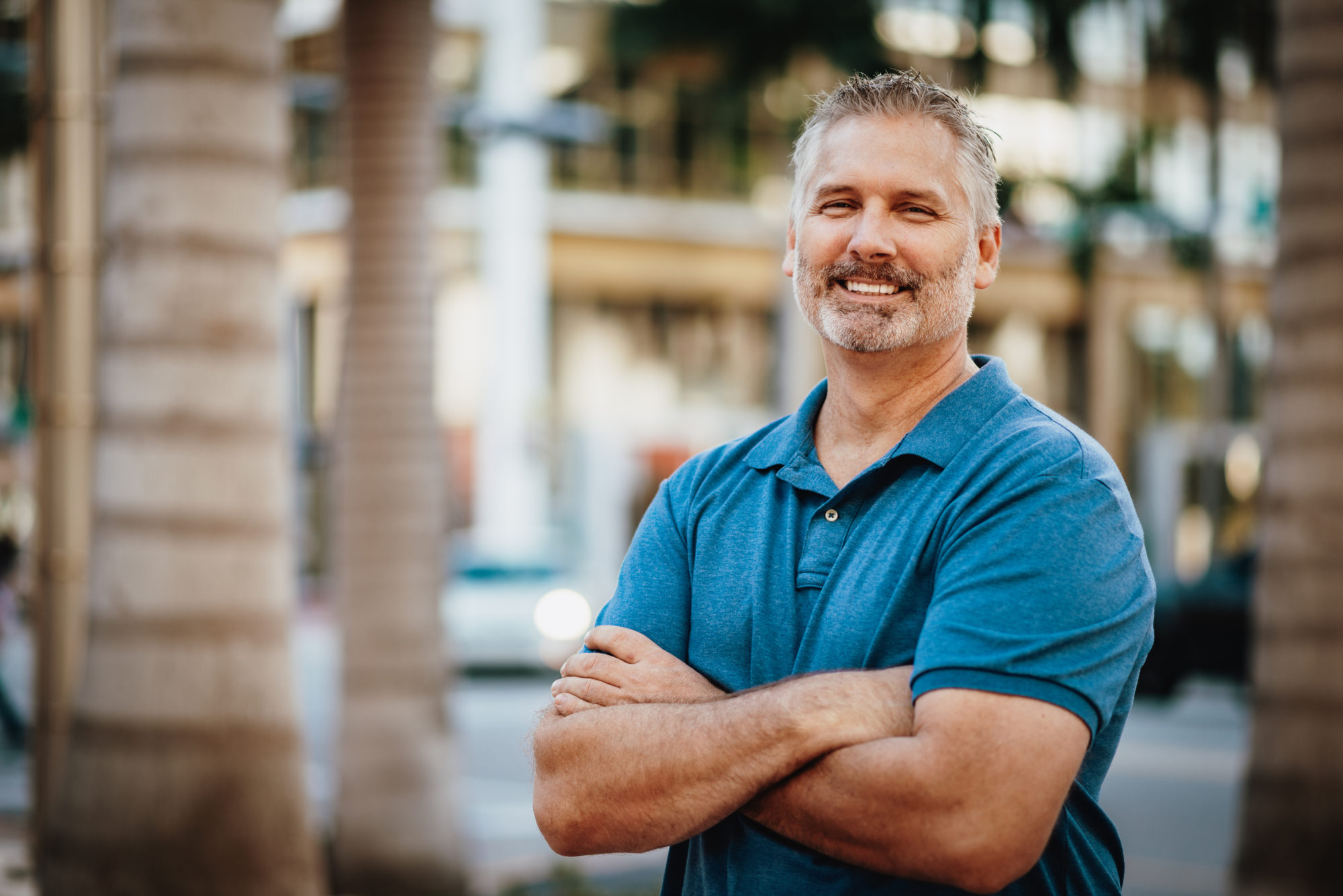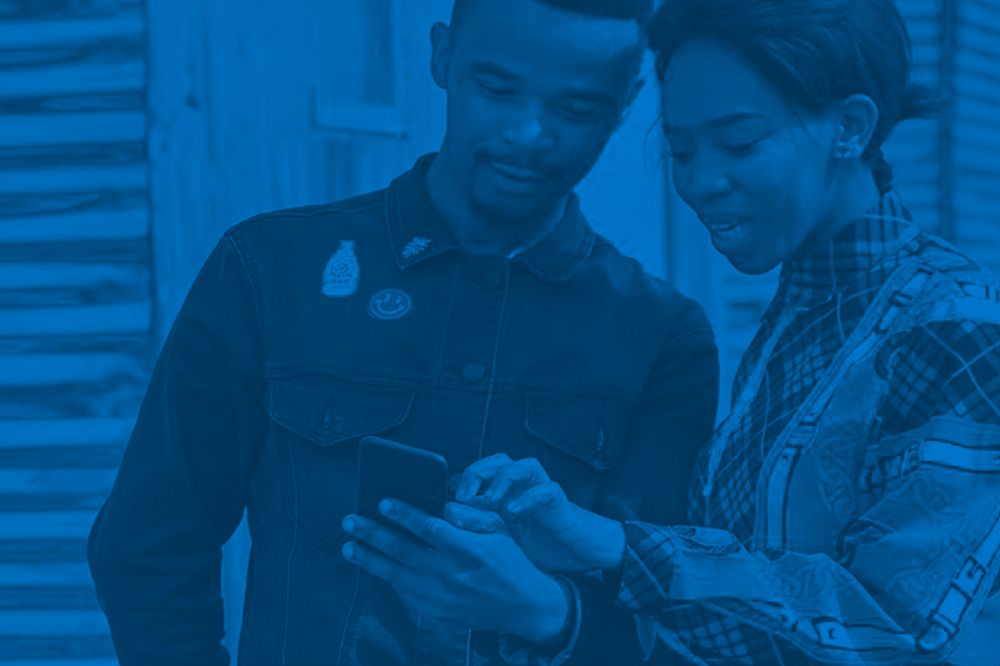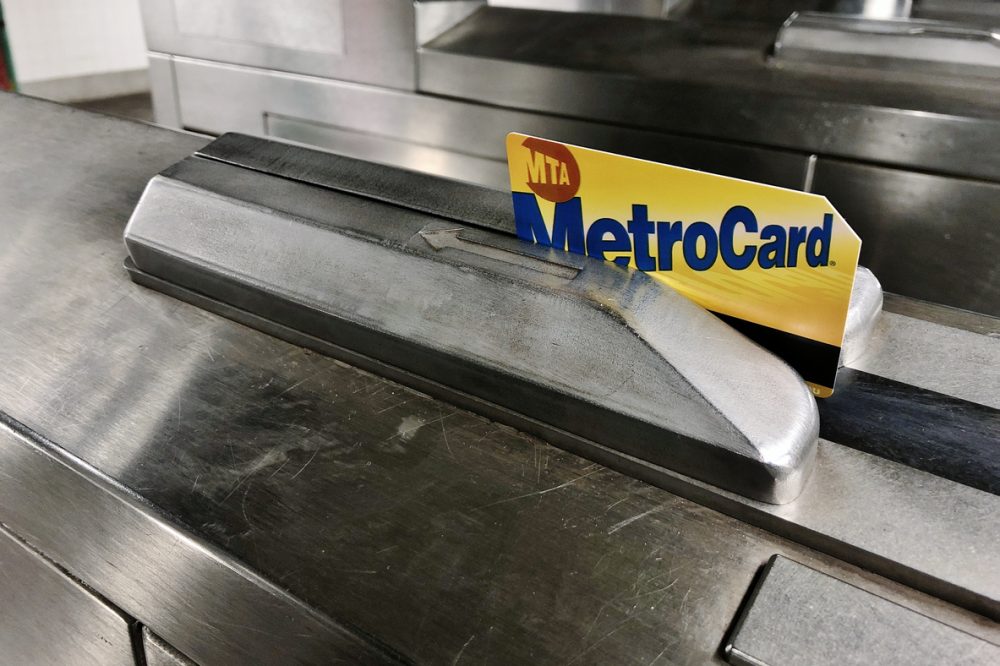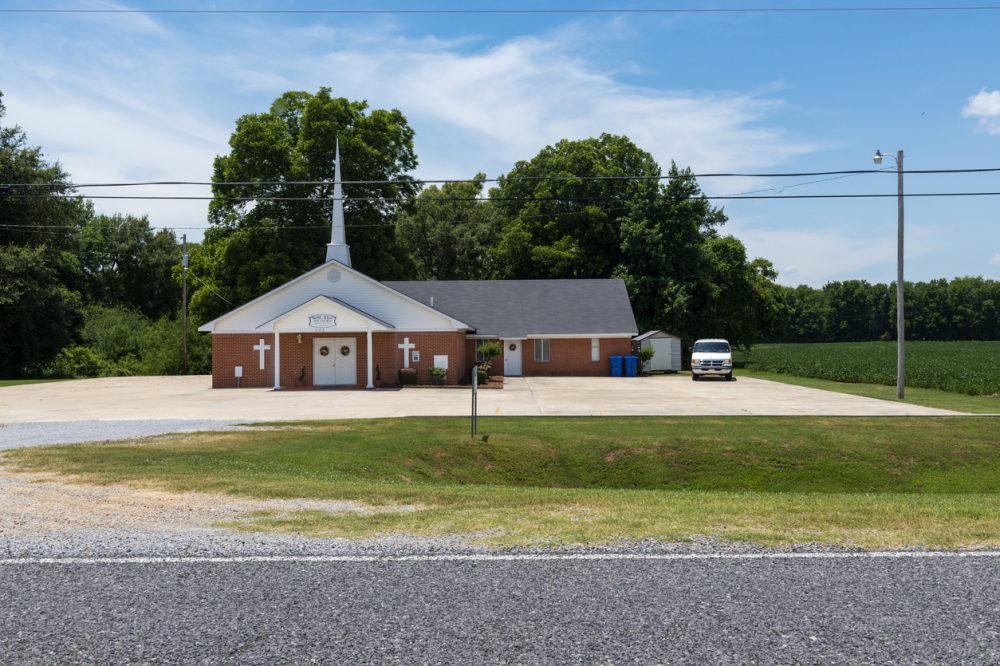Bank of America: Playing the Long Game
Discover how Bank of America’s decade-long commitment to Responsible Growth has yielded promising results for the business and consumer financial health.
BECU: Leading With Data To Advance Financial Health
BECU’s journey to improve member financial health led to a new strategy, an increase in data-driven initiatives, and positive outcomes for its members.
Credit Union Spotlight: Measuring to Improve Member Financial Health
These case studies highlight our measurement of transactional indicators with three credit unions, enabling them to drive positive impact for their members and their businesses.
Educating the Next Generation: Using KPIs to Assess the Impact of Student Financial Education Programs
The Financial Health Network partnered with Michigan State University Credit Union (MSUFCU) to analyze its financial education programming for high school and college students, revealing some signs of positive impact on business outcomes and the students’ financial health.
Simplifying Savings: Using KPIs to Track Financial Health for Credit Union Members
The Financial Health Network worked with Community First Credit Union to analyze its Save My Change Program, a round-up savings tool, revealing the benefit to member financial health.
Borrowing Opportunity: Using KPIs to Track Small-Dollar Lending Success
In this case study, we highlight our evaluation of Nusenda Credit Union’s small-dollar lending program, highlighting the positive impact on its participants and the business.
Wayne State University Case Study: Giving Students a Second Chance at Success Through Debt Forgiveness
Research from the Financial Health Network shows that removing financial barriers for students can help them succeed both financially and academically. Learn how Wayne State University is working to develop effective tools for student success through the “Warrior Way Back,” a unique debt forgiveness program.
Edquity Case Study: Supporting Students with Innovative Emergency Aid
Each year, millions of college students struggle to stay in school not because of academic difficulties, but because of financial challenges. The Financial Health Network is dedicated to furthering solutions to help improve student financial health and increase academic success. In this case study, we explore how Edquity – an innovative student support app – is working to reduce the number of students who dropout of college because of a financial emergency of $500 or less.
Case Study: Developing a Survey to Track Financial Health for Global Customers
Financial Health Network Consulting Services worked with Discover to explore options for creating a comprehensive employee financial health platform.
Case Study: Designing an Employee Financial Health Management Platform
The Financial Health Network Consulting Services worked with Discover to explore options for creating a comprehensive employee financial health platform.
2019 Financial Health Leaders Information Session
In this member-exclusive digital event, members met three organizations each with a singular focus on creating financial health for their consumers.
The Power of Non-Traditional Distribution Channels Webinar
During this Financial Health Network webinar, a group of innovative financial service providers shares about best practices in financial health measurement.
Case Study: Cultivating a Data-Driven Marketing Approach to Small Business Lending
The Financial Health Network Consulting Services worked with CRF to define, size, and categorize the underserved small business market, and provided insights for targeting them.
Innovating for Financial Health: Three Case Studies
In this member-exclusive digital event, members met three organizations each with a singular focus on creating financial health for their consumers.
Case Study: Meeting the Needs of Underserved Consumers: Designing a Financial Package
The Financial Health Network Consulting Services worked with Prepare + Prosper to take their FAIR (Financial Access in Reach) initiative from a concept to an effective pilot.
Case Study: A Walk In Their Shoes: Improving Financial Health Solutions Through Empathy-Led Learning
Regions Bank participated in FinX to gain insights through first-hand experiences of the challenges that underserved consumers may face in an interactive, real-world structure.
Amy Cox Household Profile: Living Paycheck to Paycheck
U.S. Financial Diaries Case study: Amy Cox is a white 34-year-old single mother of two. She lives with her children, Hailey, 9, and Andy, 8, near Cincinnati, OH. A natural caregiver, Amy works at a day care center.
“SavingsQuest” by Doorways to Dreams
Doorways to Dreams’ (D2D) SavingsQuest tool is an online and mobile platform that uses the principles of gamification to encourage savings among prepaid card users.
Designing Breakthrough Solutions to Consumer Challenges
The Center for Financial Services Innovation (CFSI) offers consulting services that guide organizations through each stage of offering new solutions, from development to ongoing measurement.
Profiles in Innovation – The Financial Solutions Lab
With the Financial Solutions Lab, the Financial Health Network and JPMorgan Chase are bringing innovators, industry players, researchers, and bank executives to the table to make technology part of the financial health equation.
Case Study: Moving Beyond APR: How Oportun Re-Imagined the True Cost of a Loan so Customers Can Thrive
In partnership with the Financial Health Network, Oportun, a community development financial institution, have set about to understand and demystify the cost of credit that consumers face.
Designing for Financial Health: Stories and profiles from the Financial Capability Innovation Funds
We can educate consumers and provide access to financial products and services. But how do we help consumers use their knowledge and tools to improve their financial behavior and become financially healthy?
“PayGoal” by Neighborhood Trust Financial Partners
Can a workplace financial counseling program leverage mobile tools to boost the financial health of low-and-moderate income employees?
Case Study: Re-Defining an Awards Strategy: Opportunity Finance Network
More than 68 million low-income Americans don’t get the financial services they need. This market gap that prompted a network of community development financial institutions to turn to the Financial Health Network.
Case Study: Learning Consumers’ Struggles By Walking in Their Shoes with USAID and U.S. Treasury Department
USAID and the U.S. Treasury Department hosted a FinX, an in-the-field opportunity that puts participants in consumers’ shoes and has them tackle the challenges they face head-on.
“MyBudgetCoach” by Solutions for Progress
MyBudgetCoach (MyBC), operated and distributed by Solutions for Progress (SfP), is an online platform designed to complement and enhance existing financial coaching programs.
Case Study: Strengthening Ties with Communities: Nix Neighborhood Lending
Discover how Nix Neighborhood Lending has made a lasting impact on its customers in South Central Los Angeles by providing a variety of credit services to this vulnerable group.
“MyPath Savings” by MyPath
MyPath partners with workforce development programs and financial institutions to help young adults improve their financial health.
“CollegeSet” Facebook app by Juma Ventures
Juma Ventures is a San Francisco-based youth development organization dedicated to helping low- income high school students save for and complete a four-year college degree.
“MoneythinkMobile” by Moneythink
Moneythink pairs college student mentors with high school student mentees to provide coaching on sound financial management.
“LIFT-UP” by National League of Cities
LIFT-UP (Local Interventions for Financial Empowerment through Utility Payments) is a multi-city initiative overseen by the National League of Cities’ (NLC) Institute for Youth, Education, and Families designed to provide financial counseling to delinquent utility customers
“VITA Credit Builder” by Mission Economic Development Agency
In 2010, Mission Economic Development Agency (MEDA) launched its Volunteer Income Tax Assistance (VITA) Credit Builder program with the primary goal to establish or improve credit for low-income Latino immigrants and help them responsibly manage credit over the long term.
“LIFT” by Filene Research Institute
Filene’s LIFT (Lower Interest For Timeliness) program offered interest rate reductions to borrowers who made timely loan payments.
“Just Right” Small-Dollar Credit Products by Center for Community Self-Help
Center for Community Self-Help’s (Self-Help) “Just Right” line of small-dollar credit (SDC) products was designed to test features of SDC products offered to clients as affordable and safe credit options.
“Lending Circles” by Mission Asset Fund
Mission Asset Fund’s (MAF) Lending Circles provides a zero-interest loan to help consumers build credit and access an affordable small-dollar loan.
“MAGIC Mojo” by Piggymojo
Piggymojo built an online and mobile tool that uses goal visualization, social sharing and mobile technology to help savers turn impulse buys into “impulse saves.”
“Borrow Less Tomorrow” by Clarifi
Piggymojo built an online and mobile tool that uses goal visualization, social sharing and mobile technology to help savers turn impulse buys into “impulse saves.”
Mateo And Lucia Household Profile: Thriving But Still Vulnerable In The U.S.
U.S. Financial Diaries Case study: Mateo Valencia, 31, and Lucia Benitez, 30, are an unmarried couple living in Queens with their four year-old son Pablo.
Redstone Federal Credit Union: Thinking Outside the Branch
In 2009, Peter Alvarez of Redstone Federal Credit Union attended his first Underbanked Financial Services Forum, an annual conference held by the Financial Health Network and SourceMedia, to learn more about the underserved market.
Bridging the Gap with Social Loans
Based in San Francisco, Mission Asset Fund (MAF) is a nonprofit organization dedicated to helping low-income, financially excluded consumers enter the mainstream financial system.
The Rodriguez Family Household Profile: Extended Family Strives to Get Ahead
U.S. Financial Diaries: The Rodriguez family is a multigenerational household living in a small town near San Jose, California. Maria Rodriguez, 60 years old, lives with her husband Dean, 75; her mother, Regina, 83; and her two sons, Martin, 36, and Daniel, 34.
Rita Douglas Household Profile: Getting By With Help from Friends
U.S. Financial Diaries: Rita Douglas, 62, lives in a two-bedroom apartment in a marginal, sometimes dangerous neighborhood near Cincinnati, OH.
The Johnson Family Household Profile: Working Hard but Still Struggling
U.S. Financial Diaries: Sarah and Sam Johnson are a hardworking Ohio couple struggling to make ends meet despite the fact that they both work in stable, full-time jobs, and several part-time ones.
The Hossains Household Profile: Adjusting to a New Life in the US
U.S. Financial Diaries: Ahmed and Shaila Hossain are immigrants from Bangladesh who moved in 2010 to Queens, NY, where there is a large Bangladeshi community.
Mike Smith Household Profile: Keeping Control by Relying on Cash
U.S. Financial Diaries: Mike Smith, a single man in his mid-50s, lives in a two-bedroom, one-bathroom house in Kentucky, in a small town near the Ohio River.
The Adrians Household Profile: Relying on Erratic Income Sources
U.S. Financial Diaries: Tim and Clara Adrian are in their early 30’s and live in Mississippi in a four-bedroom house that they own.
H&R Block – From Tax Prep to Tax Plus
Since 1955, H&R Block has been known as the go-to company for income tax advice and tax return preparation.
Piggymojo: The Thrill of Impulse Savings
Armed with a Financial Capability Innovation Fund grant from the Financial Health Network, Piggymojo is transforming the way people think about savings.
Sunrise Community Banks: Navigating the Learning Curve
Since launching its first general purpose reloadable prepaid card program in 2008, Sunrise Community Banks affiliate University Bank has expanded to issuing 50 prepaid card programs for 16 program managers.
Centris: Using Technology to Build Relationships
Centris Federal Credit Union believes serving underserved consumers doesn’t just make good business sense, but is integral to its heritage and mission.




























